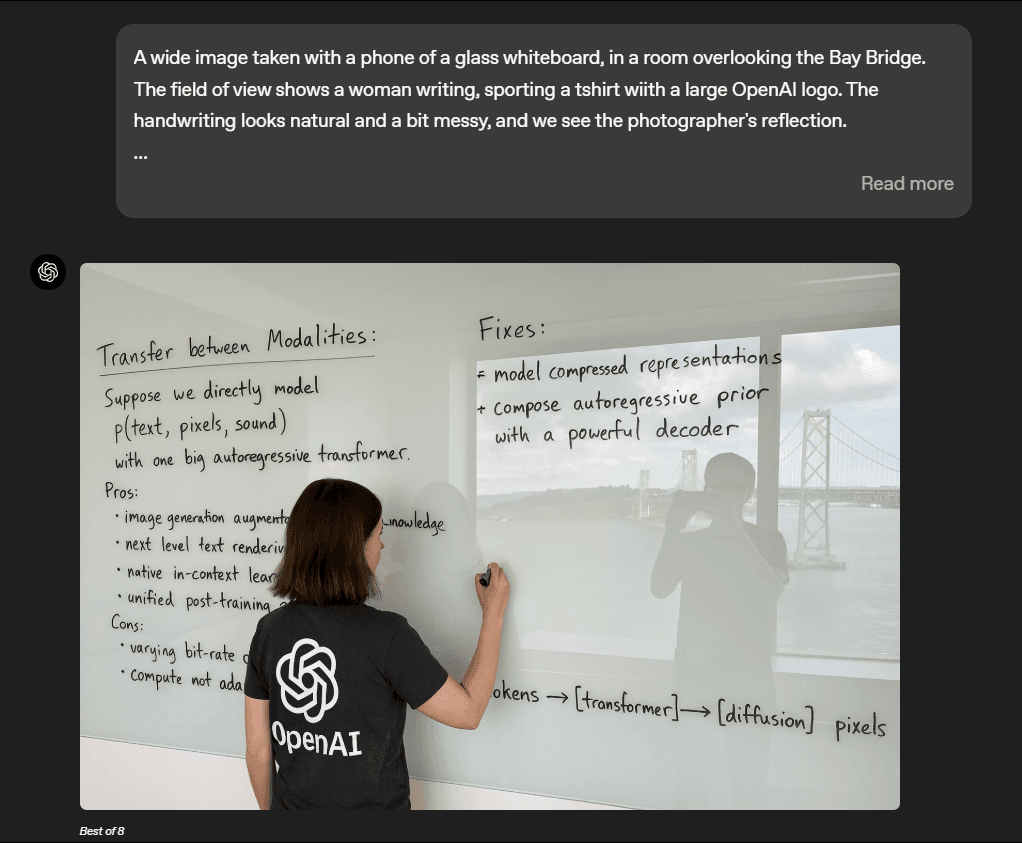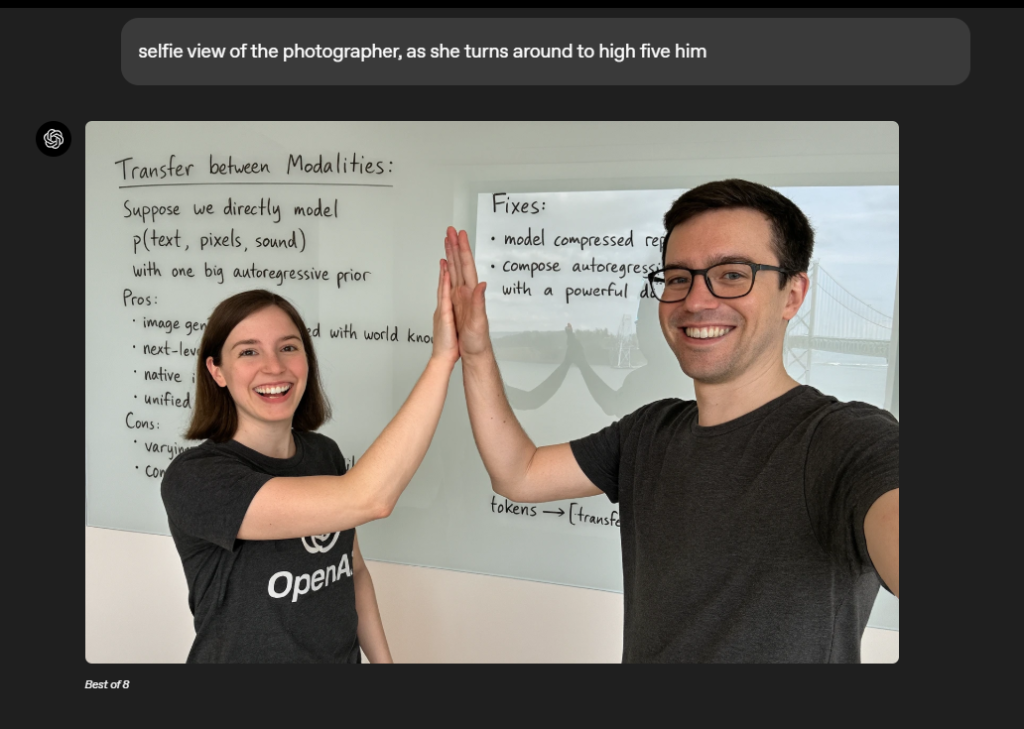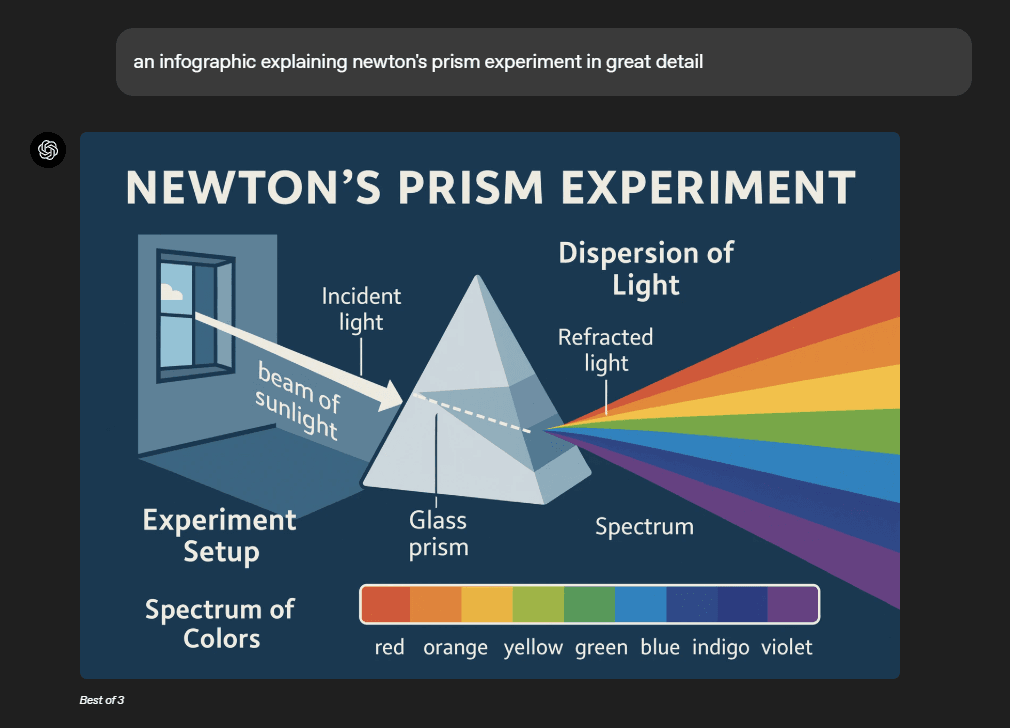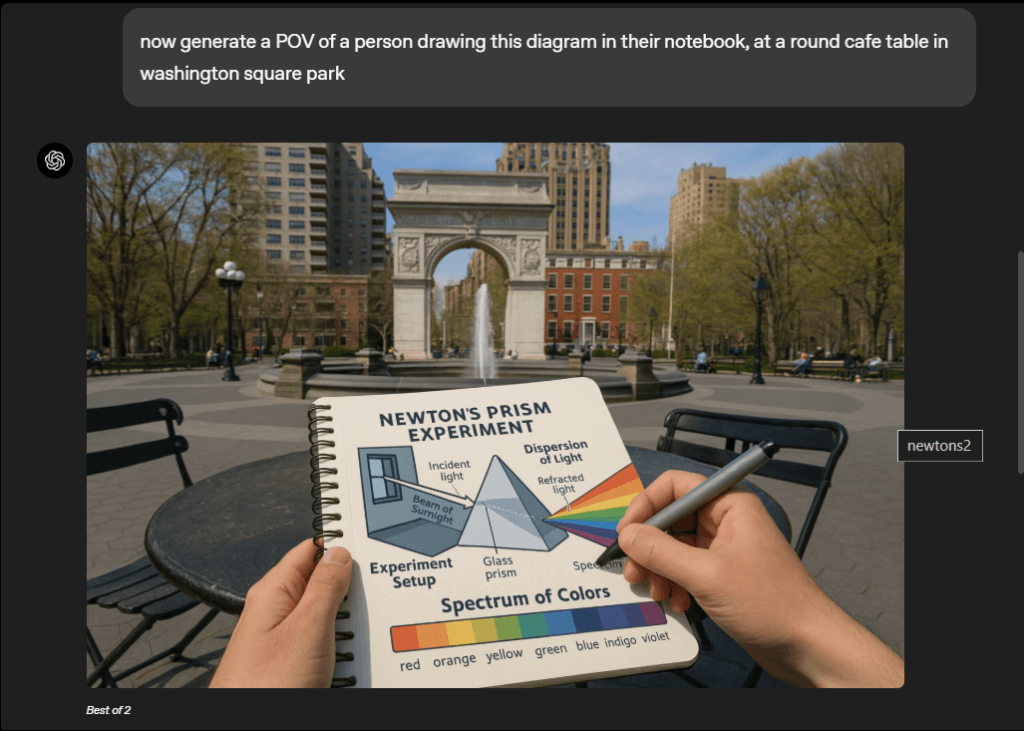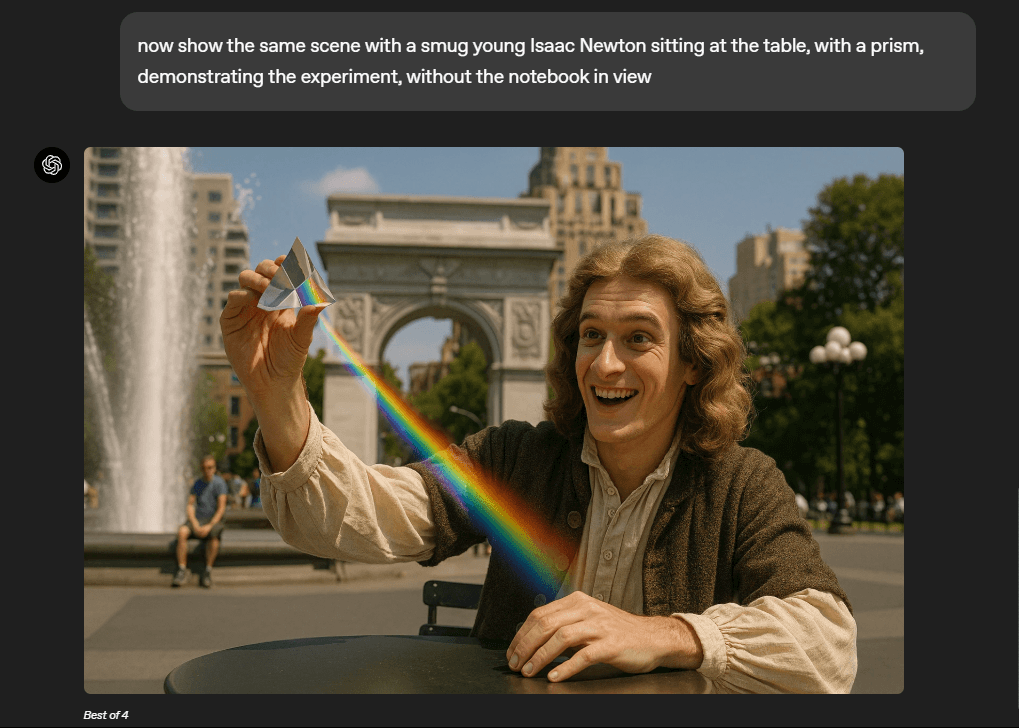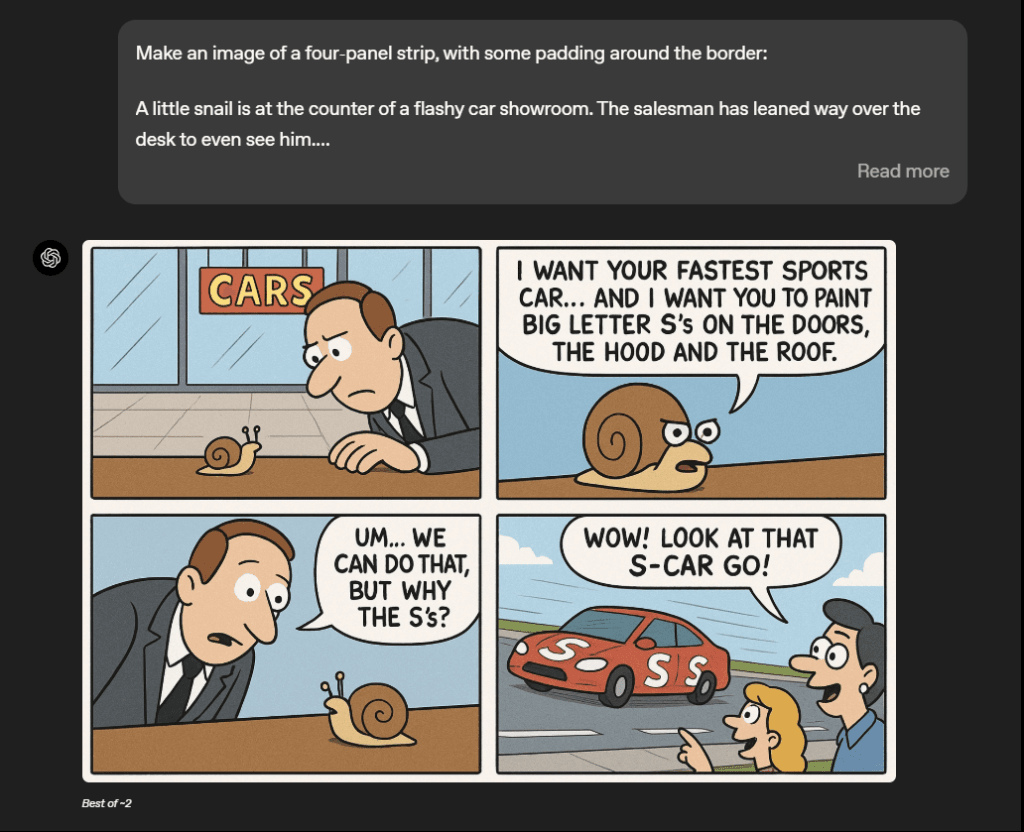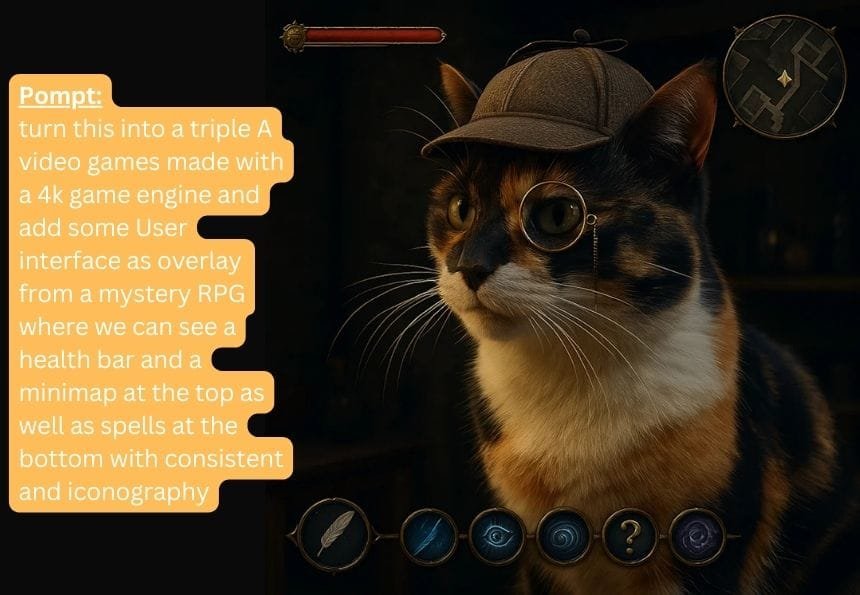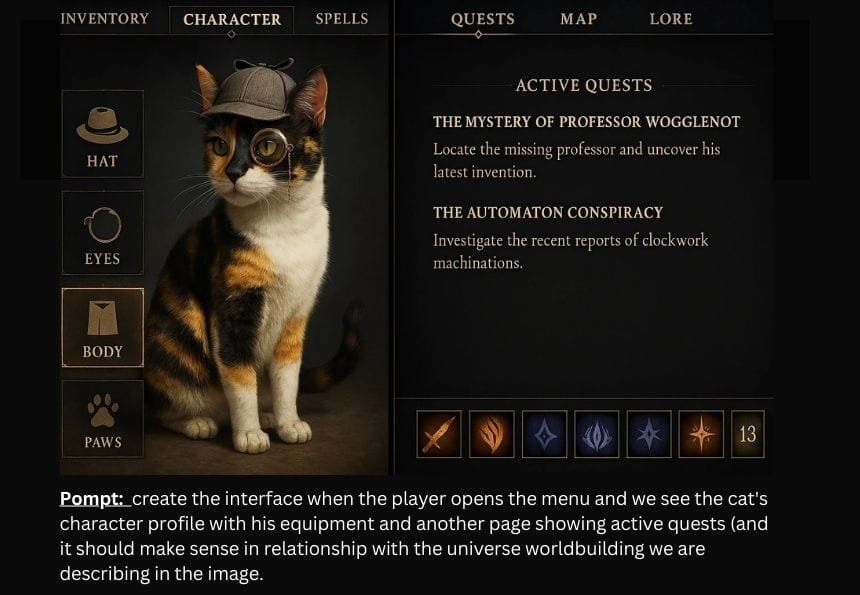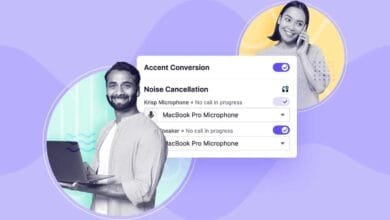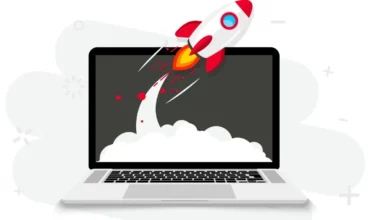OpenAI Enhances GPT-4o with Exceptional Native Image Generation Capabilities

▼ Summary
– OpenAI’s GPT-4o now includes advanced image generation capabilities, integrating directly within ChatGPT to streamline the creative process.
– The update, which began rolling out on March 25, 2025, improves text rendering in images, making it more legible for applications like mockups and diagrams.
– GPT-4o can handle more complex prompts with multiple elements and allows users to refine images through conversational interaction, enhancing consistency and detail.
– The model leverages chat context and reference images for better contextual awareness and can produce photorealistic images and adhere to specific artistic styles.
– The rollout targets ChatGPT Plus, Pro, and Team users initially, with API access for developers coming soon, and includes safety measures and metadata to indicate AI-created content.
OpenAI has announced a significant update to its flagship model, GPT-4o, integrating advanced image generation capabilities directly within the platform. This move aims to streamline the creative process by allowing users to generate and refine images through conversational interaction within ChatGPT. The update, which began rolling out around March 25th, 2025, represents a shift from relying on separate tools like DALL-E 3 towards a more unified, multimodal experience.
Key Improvements in GPT-4o Image Generation
The updated image generation focuses on practicality and improved accuracy, addressing several common pain points in AI image creation:
- Enhanced Text Rendering A major highlight is the model’s significantly improved ability to accurately render text within generated images. This addresses a long-standing challenge where AI-generated text often appeared garbled or nonsensical. Users can now expect more legible text for applications like mockups, diagrams, menus, or signs.
- Improved Instruction Following and Complexity: GPT-4o demonstrates better adherence to detailed prompts, capable of managing more complex scenes with multiple elements. OpenAI states it can handle prompts involving 10-20 distinct objects, an increase from previous model limitations.
- Conversational Refinement and Consistency: Image generation is now native to GPT-4o, enabling users to iterate and refine images through natural conversation within the chat interface. This includes improvements in maintaining character consistency across multiple generated images, beneficial for storyboarding or character design. While some tests suggest consistency is still more “inspiration” than perfect replication, it’s a marked area of focus.
- Contextual Awareness and Reference Images: The model can leverage the ongoing chat context and its general knowledge base when creating images. Users can also upload their own images to serve as references or inspiration for the generation process.
- Photorealism and Style Control: OpenAI notes improvements in generating photorealistic images and adhering to requested artistic styles.
Practical Implications
This integration aims to make sophisticated image generation more accessible and useful. By embedding these capabilities within ChatGPT, the workflow for creating visual content, mockups, diagrams, and other assets is potentially simplified. The focus shifts towards creating images that are “not only beautiful, but useful,” supporting communication and information sharing.
Availability and Rollout
The rollout commenced around March 25, 2025, initially targeting ChatGPT Plus, Pro, and Team users. Access for Enterprise and Education users is expected soon. While initially announced for Free tier users as well, OpenAI indicated a delay in the free rollout due to higher-than-anticipated demand.
API access for developers is planned for the “coming weeks,” allowing integration into third-party applications. Note that image generation with GPT-4o might take longer than previous models, potentially up to a minute, due to the increased detail and processing requirements.
Safety Considerations
OpenAI states it employs safety measures similar to those used for DALL·E 3, including classifiers to block harmful content requests. Generated images will include C2PA metadata to indicate they are AI-created. However, it’s noted that metadata can potentially be removed, and discussions around responsible use and copyright implications continue.
The native integration of advanced image generation into GPT-4o marks a significant step towards a more unified and capable multimodal AI platform. By improving text rendering, instruction following, and consistency within a conversational interface, OpenAI aims to make AI image creation a more practical and efficient tool for a wider range of users and applications.
